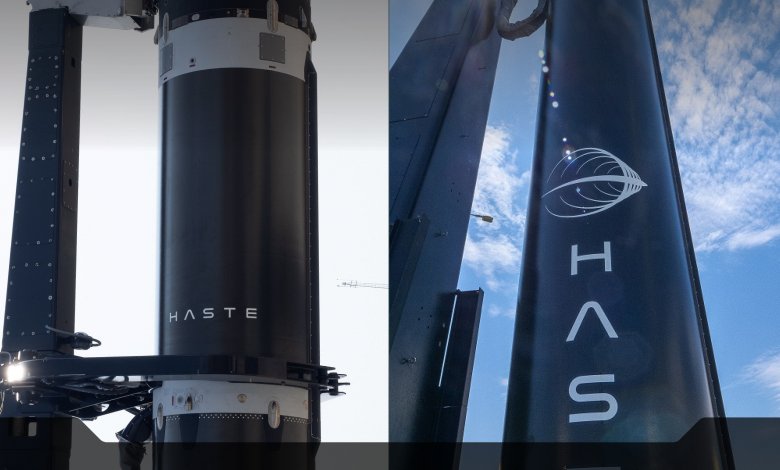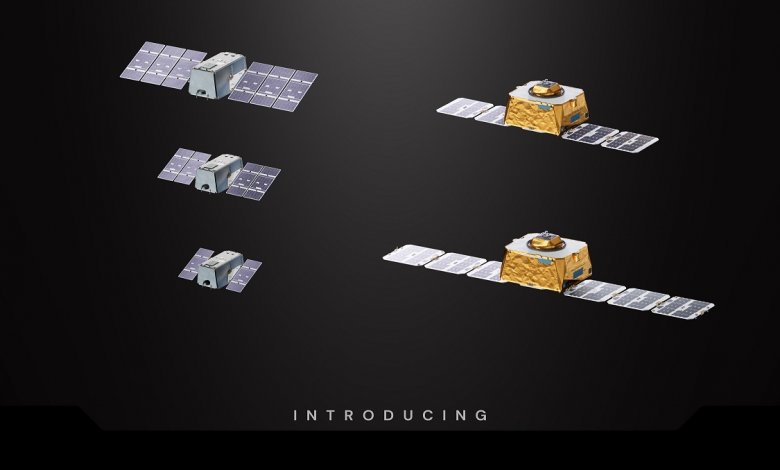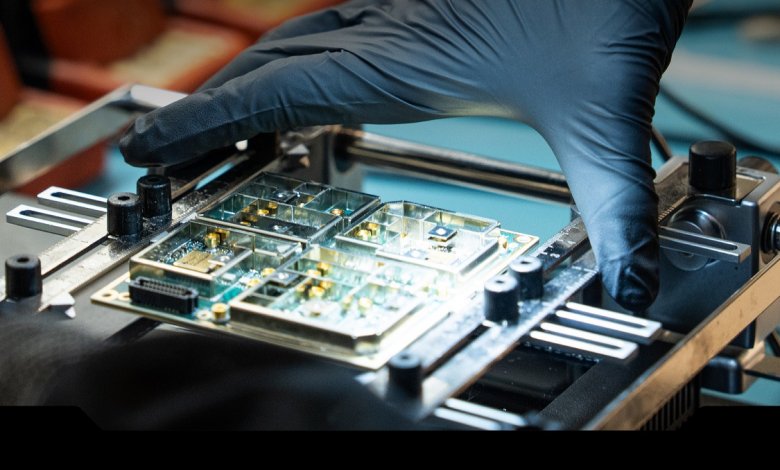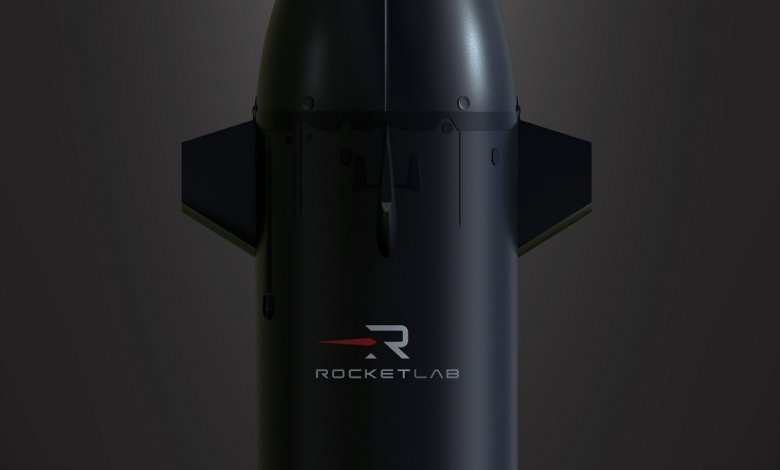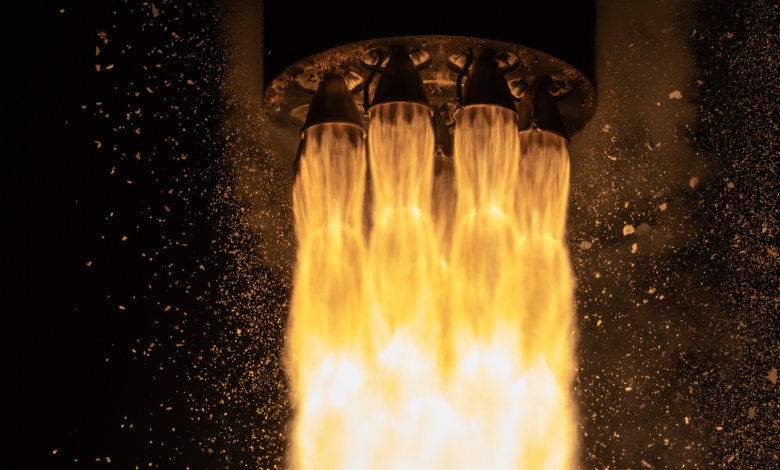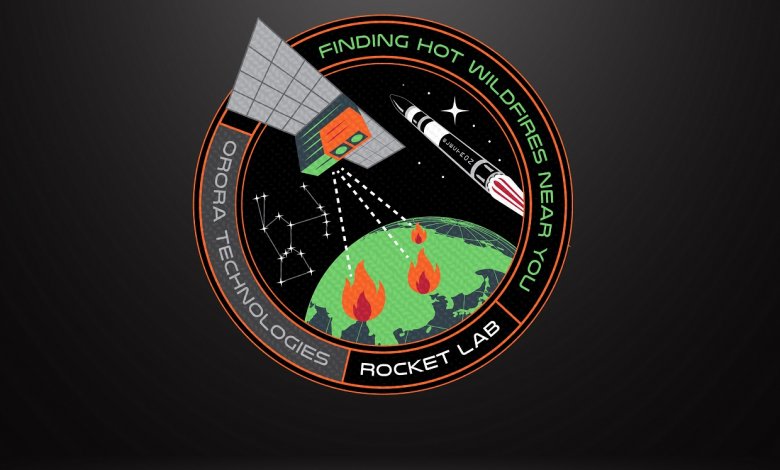Rocket Lab Unveils Spacecraft Bus Lineup

Rocket Lab Unveils Spacecraft Bus Lineup
Updated family of advanced spacecraft delivers speed, affordability, performance, and configurability for a range of mission profiles and customers
Long Beach, Calif. 27 February 2024 – Rocket Lab USA, Inc (Nasdaq: RKLB) (“Rocket Lab” or “the Company”), a leading launch and space systems company, today introduced its family of spacecraft buses, consolidating the custom designs Rocket Lab has developed for multiple customers and missions. The family of spacecraft is the result of more than four years of development into Rocket Lab’s space systems capabilities.
“We’ve had the privilege of developing, launching, and operating spacecraft for a broad range of customers and they’ve all told us the same thing: They need reliable and highly capable spacecraft built quickly and affordably. Photon was the start, but the Rocket Lab spacecraft family has grown,” said Rocket Lab founder and CEO Peter Beck. “We’ve developed a configurable spacecraft line that delivers high performance at scale, supported by an experienced team, technical maturity, a vertically-integrated supply chain, and advanced manufacturing, test and operations facilities. We’ve designed these spacecraft through close collaboration with our customers to support real missions at constellation scale. The hard development work is done, and now these spacecraft are available as off-the-shelf products, or they can be further customized to meet specific mission requirements.”
The spacecraft share many common components and subsystems, designed and manufactured in-house by Rocket Lab, including carbon composite structures, star trackers, reaction wheels, solar arrays, radios, separation systems, avionics, flight and ground software.
"Through vertical integration, we’re able to deliver spacecraft quickly, affordably and reliably using flight-proven components”, says Rocket Lab Vice President Space Systems, Brad Clevenger. “We’ve struck the right balance between commonality to deliver cost-effective, rapid production and ensuring our spacecraft are configurable to suit unique and specific mission profiles.”
Rocket Lab’s family of spacecraft includes:
Photon: The original Rocket Lab spacecraft, Photon is the Company’s integrated launch-plus-spacecraft solution. Photon is a modified Electron Kick Stage with power, propulsion, and communications to deliver a capable low Earth orbit (LEO) platform that serves civil, defense and commercial customers across a range of missions. With a mass of 200-300kg, Photon is launched on Electron for responsive space and other challenging missions like cryogenic fuel demonstration, taking advantage of precision orbit insertion, launch on demand, and the lowest launch environments in industry.
Lightning: Rocket Lab’s newest spacecraft bus is designed for a 12+ year orbital lifespan in LEO, delivers high power and high radiation tolerance, incorporating redundancy in critical subsystems. This ~3 kW bus is ideal for high operational duty cycle telecommunications and remote sensing applications. Lightning can be launched on Neutron and other medium and heavy launch vehicles. Lightning is based on the same design as the custom spacecraft Rocket Lab developed for MDA and Globalstar and is the basis for the Company’s bus for the Space Development Agency.
Pioneer: A highly configurable medium delta-V platform designed to support payloads up to 120 kg and unique mission profiles, including re-entry missions for Varda Space Industries, and dynamic space operations. Depending on the mission profile, Pioneer can be launched on Electron, Neutron or other launch vehicles.
Explorer: A high delta-V spacecraft with large propellant tanks, deep space capable avionics, and ranging transponders. Explorer enables small spacecraft missions to planetary destinations like Mars and Venus, the Moon, highly eccentric Earth orbits, geosynchronous Earth orbit (GEO), Earth-moon Lagrange points, Earth-sun Lagrange points, and near Earth objects (NEOs). Depending on the mission profile, Explorer can be launched on Electron, Neutron or other launch vehicles. Explorer gained flight heritage during the CAPSTONE mission to the Moon for NASA and forms the basis of the twin spacecraft Rocket Lab is developing for the ESCAPADE mission to Mars for NASA and the University of California, Berkeley.
Each member of Rocket Lab’s spacecraft family is currently in production in a range of quantities for different customers, with more than 40 satellites currently in backlog. To support the rapid production of our family of spacecraft, Rocket Lab has established an advanced spacecraft development and manufacturing complex at the Company’s Long Beach headquarters. The facility includes over 10,000 sq. ft. of cleanroom and 40,000 sq. ft. of additional production & test facilities designed to support constellation class manufacturing and satellite assembly, integration and test for commercial, civil and national security customers.
Learn more about Rocket Lab’s family of spacecraft here.
www.rocketlabusa.com/spacecraft
+ FORWARD LOOKING STATEMENTS
This press release contains forward-looking statements within the meaning of the Private Securities Litigation Reform Act of 1995. We intend such forward-looking statements to be covered by the safe harbor provisions for forward looking statements contained in Section 27A of the Securities Act of 1933, as amended (the “Securities Act”) and Section 21E of the Securities Exchange Act of 1934, as amended (the “Exchange Act”). All statements contained in this press release other than statements of historical fact, including, without limitation, statements regarding our launch and space systems operations, launch schedule and window, safe and repeatable access to space, Neutron development, operational expansion and business strategy are forward-looking statements. The words “believe,” “may,” “will,” “estimate,” “potential,” “continue,” “anticipate,” “intend,” “expect,” “strategy,” “future,” “could,” “would,” “project,” “plan,” “target,” and similar expressions are intended to identify forward-looking statements, though not all forward-looking statements use these words or expressions. These statements are neither promises nor guarantees, but involve known and unknown risks, uncertainties and other important factors that may cause our actual results, performance or achievements to be materially different from any future results, performance or achievements expressed or implied by the forward-looking statements, including but not limited to the factors, risks and uncertainties included in our Annual Report on Form 10-K for the fiscal year ended December 31, 2023, as such factors may be updated from time to time in our other filings with the Securities and Exchange Commission (the “SEC”), accessible on the SEC’s website at www.sec.gov and the Investor Relations section of our website at www.rocketlabusa.com, which could cause our actual results to differ materially from those indicated by the forward-looking statements made in this press release. Any such forward-looking statements represent management’s estimates as of the date of this press release. While we may elect to update such forward-looking statements at some point in the future, we disclaim any obligation to do so, even if subsequent events cause our views to change.



